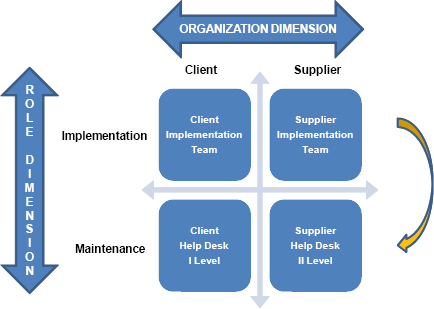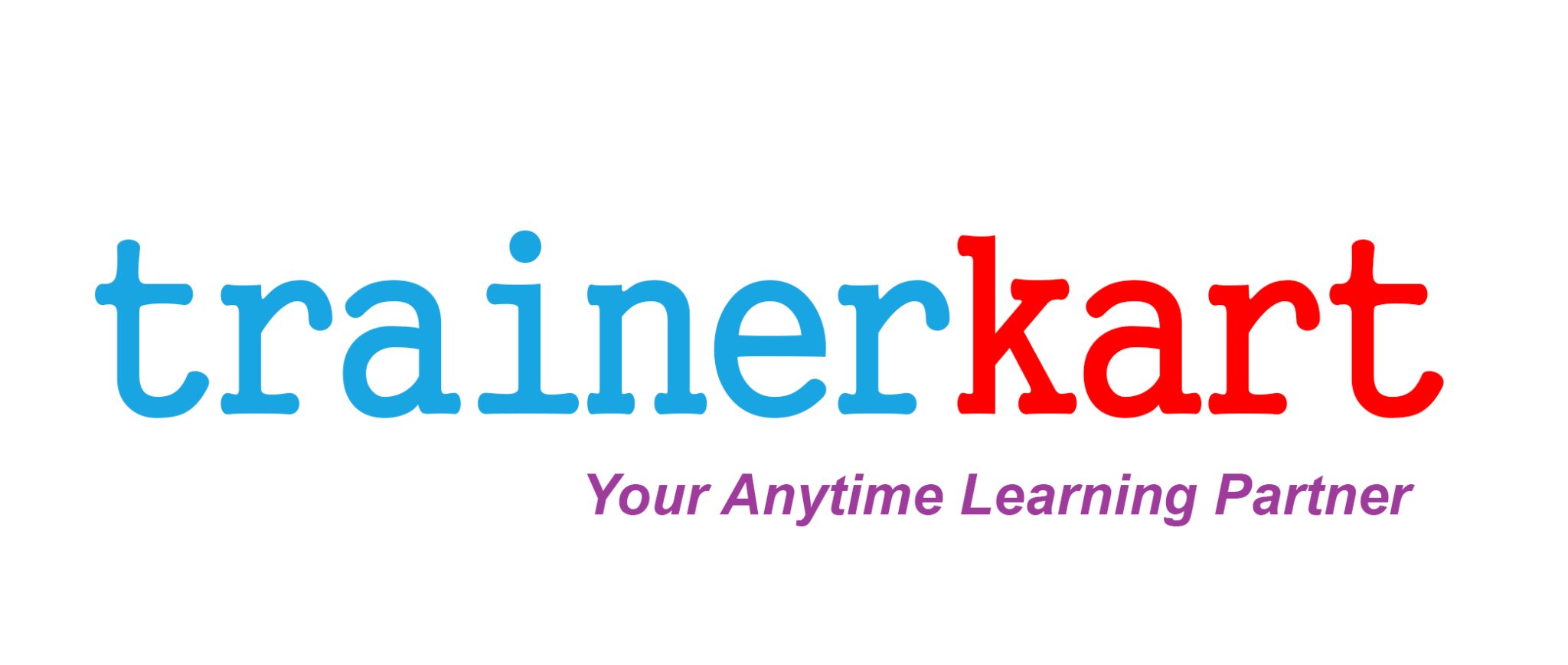Organizational Alignment for Strategy Execution
In the realm of project portfolio management, organizational alignment is what turns high-level strategy into meaningful execution. Companies with aligned portfolios, programs, and projects are far more likely to realize their strategic goals, reduce waste, and adapt to change. In this post, we’ll explore how organizational alignment empowers your PMO to deliver results.
Now, imagine a company sets a bold strategic objective: “Become the leading provider of AI-powered analytics in the finance industry within three years.”
The strategy sounds exciting. But months later, teams are working on unrelated software tools, marketing is launching generic campaigns, and no one’s quite sure how their work contributes to the AI analytics goal.
This is a classic example of misalignment—where organizational strategy doesn’t translate into clear, coordinated execution.
Organizational alignment is the connective tissue between strategy and execution. It’s what turns lofty vision statements into measurable results.
👉 If you haven’t read our first post on Projects vs. Programs vs. Portfolios, start there to understand how these structures work together.
What Is Organizational Alignment?
Organizational alignment is the deliberate and consistent coordination of strategy, goals, resources, people, and activities to achieve enterprise-level objectives.
It ensures that:
- Everyone understands the organization’s vision and mission
- All work contributes toward strategic priorities
- Resources are allocated based on value delivery
- Projects and programs are continuously evaluated against business goals

Organizational alignment as a pre-requisite for project success (Perezzani, M. (2010). Organizational alignment as a pre-requisite for project success. Paper presented at PMI® Global Congress 2010—EMEA, Milan, Italy. Newtown Square, PA: Project Management Institute.)
Without alignment, even the best-managed projects can fail to deliver meaningful results.
Why Alignment Matters in Project-Based Organizations
1. It Improves Strategic Execution
PMI’s Pulse of the Profession reports that organizations with high alignment see 67% more projects meet their original goals and experience significantly less waste of budget and time.
2. It Enables Informed Decision-Making
Executives can make smarter investment decisions when project and program data clearly tie into strategic objectives.
3. It Boosts Team Engagement and Focus
When teams see how their work connects to broader business goals, they’re more likely to stay motivated and purpose-driven.
The Three Levels of Strategic Alignment
Alignment doesn’t happen by accident. It requires a top-down, intentional structure across three levels:
1. Strategic Alignment (Enterprise Level)
At the portfolio level, organizations define:
- Vision and mission
- Strategic objectives (e.g., market growth, innovation, cost leadership)
- Key performance indicators (KPIs)
- Risk appetite
This is where portfolio managers and senior leaders prioritize initiatives and allocate resources.
✅ Example: Choosing to fund a portfolio focused on “Customer-Centric Digital Transformation” because it directly supports the strategy to improve NPS by 20%.
2. Tactical Alignment (Program Level)
At this level, programs are crafted to deliver outcomes aligned with strategic goals.
Program managers ensure that:
- Related projects are grouped to optimize outcomes
- Risks, interdependencies, and shared resources are managed
- Benefits realization is tracked
✅ Example: The digital transformation portfolio includes a Customer Engagement Program, which delivers tools like a chatbot, CRM upgrades, and mobile UX enhancements.
3. Operational Alignment (Project Level)
This is where execution happens.
Project managers align daily work with program-level outcomes by:
- Defining project scope and deliverables in context of strategy
- Managing constraints to optimize value
- Reporting progress against both project and program goals
✅ Example: A project to deploy AI-driven support chatbots is scoped, scheduled, and tracked not just as a tech task—but as part of the program’s customer engagement improvement goal.
Key Practices for Driving Organizational Alignment
1. Establish a Clear Strategic Framework
Organizations need a well-defined vision, strategy map, and set of measurable objectives. Frameworks like Balanced Scorecard or Hoshin Kanri can help clarify direction.
Read more about strategy mapping with Balanced Scorecards (Kaplan & Norton)
2. Use Portfolio Governance for Prioritization
A portfolio governance board should:
- Evaluate incoming proposals based on strategic fit
- Prioritize high-impact, high-alignment work
- Review underperforming initiatives for cancellation or revision
3. Create a Benefits Realization Plan
Define the expected benefits of programs and how they will be measured.
- Assign benefit owners
- Tie benefits to strategic KPIs
- Track progress over time
4. Cascade Strategic Objectives Into Program and Project Charters
Avoid generic charters. Each program and project should reference:
- Which strategic objective it supports
- How it contributes to benefits realization
- Metrics that will define its success
5. Enable Transparent Communication Across All Levels
- Use dashboards, reports, and OKRs (Objectives and Key Results)
- Hold strategic review meetings
- Ensure alignment isn’t “set and forget” but is revisited regularly
Real-World Case Study: Organizational Alignment in Action
Case Insight – Global Financial Services Firm
“We were running dozens of projects across different regions. But only after we implemented a strategic portfolio process did we realize that 40% of projects didn’t align with any corporate goal. We shut them down and redirected the funds toward customer-facing programs. The result? A 15% increase in product adoption and stronger executive confidence in project delivery.”
— Robert F., Portfolio Manager (PfMP®)
Common Pitfalls in Alignment (and How to Avoid Them)
| Pitfall | Solution |
|---|---|
| Projects approved based on personal agendas | Use formal portfolio selection criteria |
| Vague strategic objectives | Establish SMART goals tied to KPIs |
| Silos between departments or regions | Create cross-functional governance structures |
| Misaligned resource allocation | Centralize resource planning via PMOs and EPM tools |
Conclusion: The Project Manager’s Role in Strategic Alignment
Whether you’re a project manager, program lead, or portfolio head, you have a role in ensuring that what you’re doing ties back to why you’re doing it.
- Project Managers: Scope work in line with strategy and escalate misalignments
- Program Managers: Orchestrate projects to achieve strategic outcomes
- Portfolio Managers: Optimize selection and investment to fulfill enterprise goals
Recommendations
- Definition and Objectives of a Project
- Project Constraints: Scope, Time, Cost, Quality…
- The Iron Triangle and Trade-Offs
Tag:benefits realization management, enterprise project planning, how to align projects with business goals, organizational project management, PgMP vs PMP vs PfMP, PMI program management framework, PMP certification program alignment, portfolio management strategy, program management in real life, project governance best practices, project hierarchy explained, project vs program vs portfolio, strategic alignment in project management
